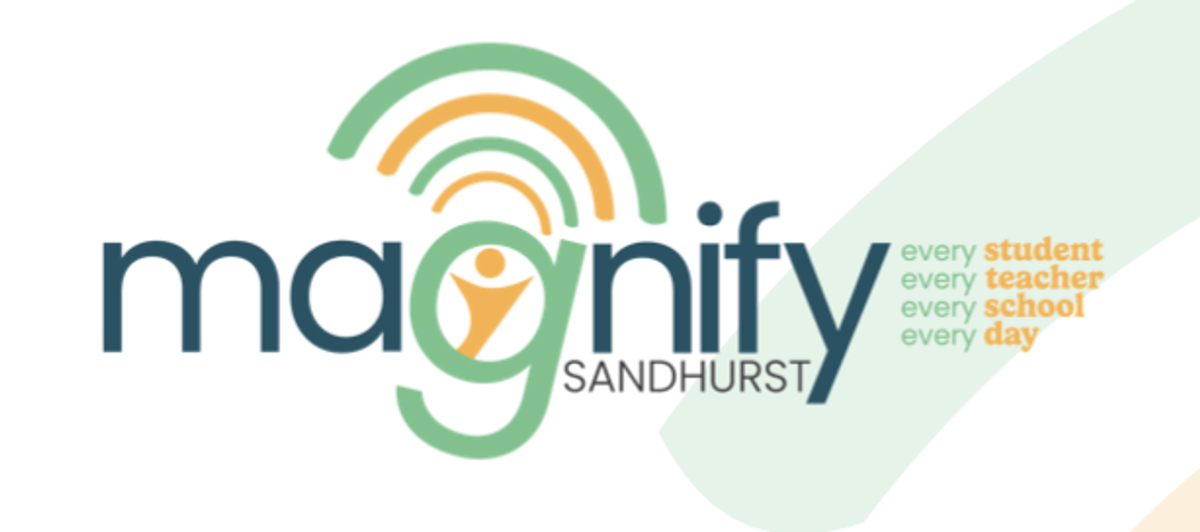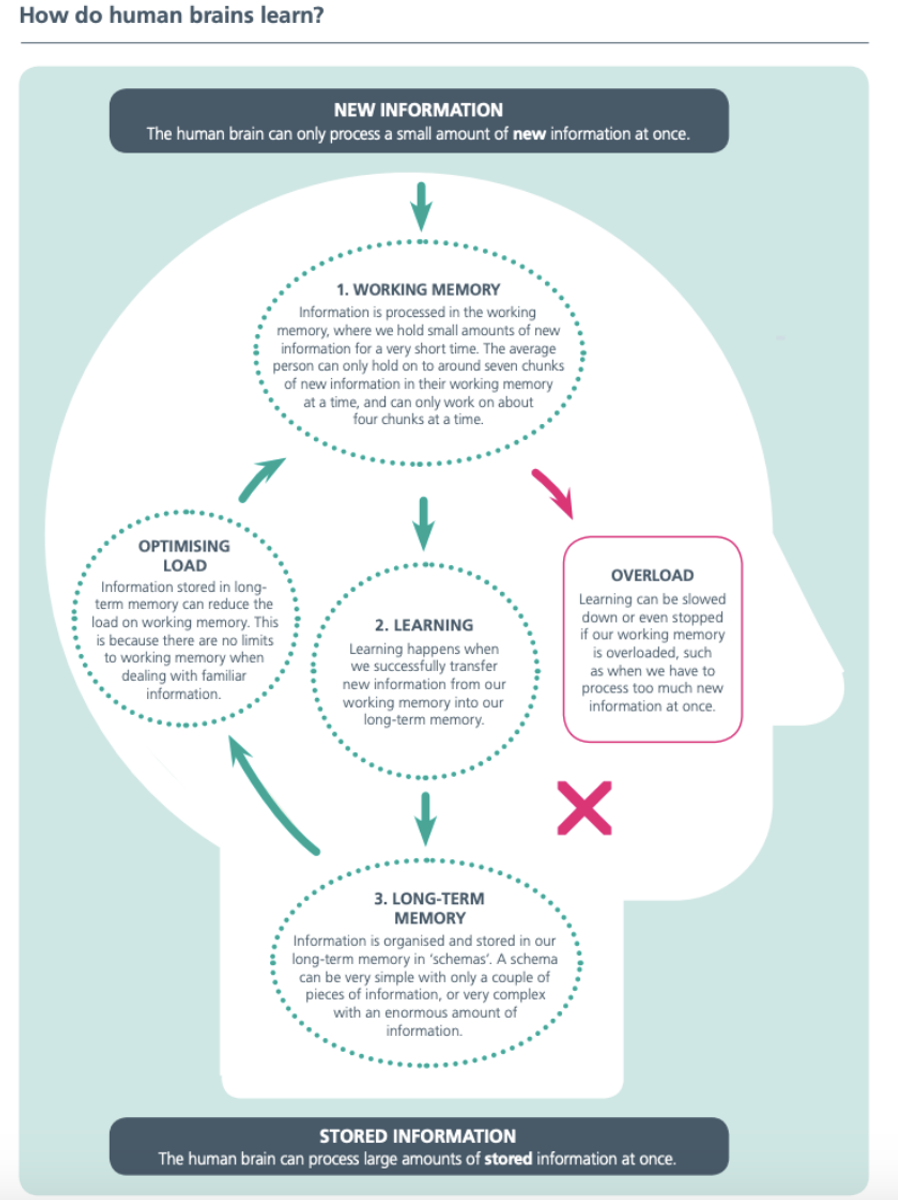From Brad Downie
Deputy Principal - Student Learning and Professional Practice

From Brad Downie
Deputy Principal - Student Learning and Professional Practice
As we come to the end of the first term of the Magnify Sandhurst integrated learning and teaching program, it is timely to reflect on what has been accomplished over the past term and what we can look forward to as we continue to embed the exciting curriculum innovations that have been introduced through Magnify.


Staff and students have embraced the new Cue to Start and Entry and Exit routines that we have established, helping to maintain calm and orderly classrooms, which has had positive impacts upon the delivery of curriculum programs.
One of the guiding principles beyond the Magnify programs is the Science of Learning, which focuses upon the way in which the human brain works to process and store information. The Science of Learning emphasises the importance of developing deep, long term learning through a Low Variance Curriculum. The MultiLit literacy program, OCHRE literacy and numeracy curriculums and Source of Life RE programs are all examples of researched, evidence-based low variance curriculums.


What is a Low Variance Curriculum?
Using a low variance curriculum in education refers to a structured approach where students are exposed to topics or skills in a gradual and consistent manner, minimising abrupt changes or complexity spikes.
It includes:
Sequential Learning It allows for a structured progression where foundational concepts are introduced first before moving on to more complex ideas. This sequential learning helps students build a strong base of knowledge and skills.
Reduced Cognitive Load By presenting material in a predictable and manageable sequence, a low variance curriculum can reduce the cognitive load on students. They can focus on mastering one concept before moving on to the next, which promotes deeper understanding.
Increased Confidence Mastery of foundational concepts before tackling more advanced topics can boost students’ confidence. They feel more prepared and capable as they build upon what they already know.
Retention and Long-Term Learning When concepts are introduced gradually and reinforced over time, students are more likely to retain the information in the long term. This contrasts with a high variance approach, where rapid changes in content can lead to superficial learning and forgetting.
Support for Diverse Learners A low variance curriculum can be particularly beneficial for students with diverse learning needs. It provides a steady pace that allows for differentiation and targeted support where necessary, catering to various learning styles and abilities.
Curriculum Alignment It ensures alignment with educational standards and learning objectives. By following a structured sequence, educators can ensure that all essential content is covered in a logical progression.
Minimisation of Overwhelm Avoiding sudden jumps in difficulty or content complexity can prevent students from feeling overwhelmed. This can be especially important for younger learners or those who are new to a subject area.
Overall, a low variance curriculum promotes systematic learning, supports retention and understanding, and helps create a positive and manageable learning environment for students.
Staff and students have embraced the new curriculum programs throughout Term 1. As we enter Term 2, our staff will be involved in exciting professional learning opportunities with one of the leading experts in the Science of Learning, Dr Jarred Cooney Horvath. We look forward to continuing to deliver an exciting, innovative curriculum in Term 2.
Brad Downie
Deputy Principal
Student Learning and Professional Practice